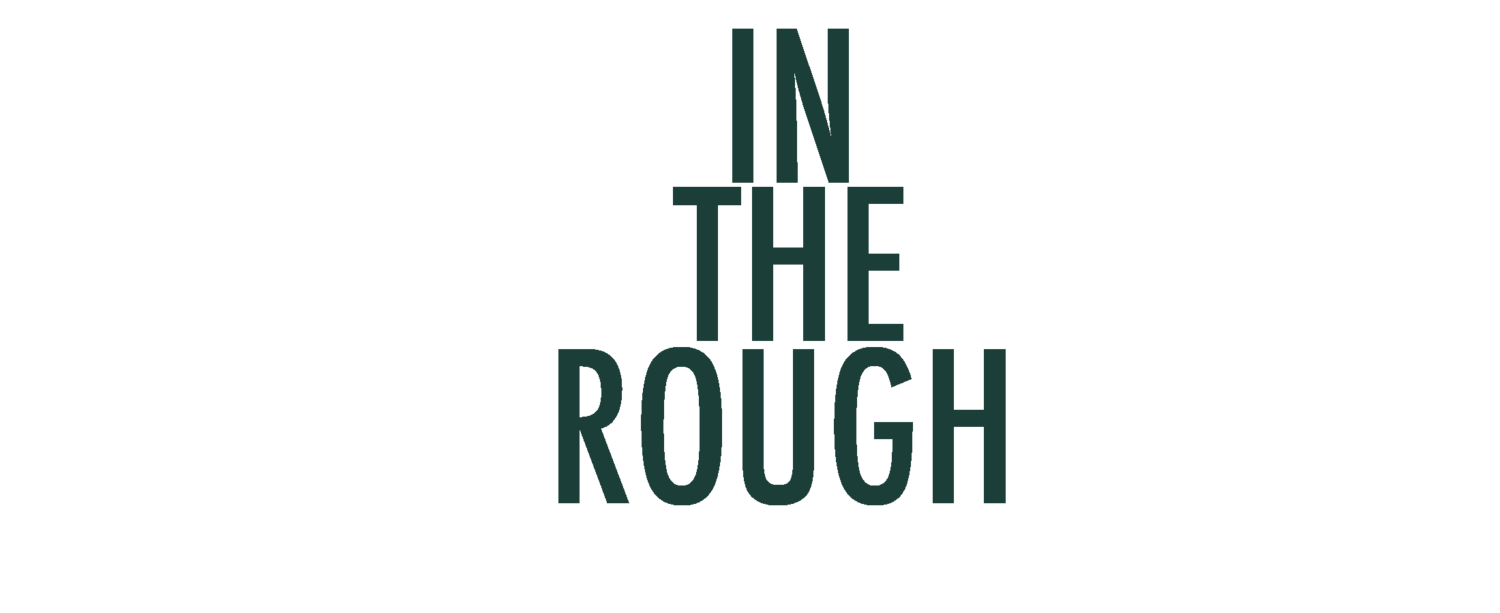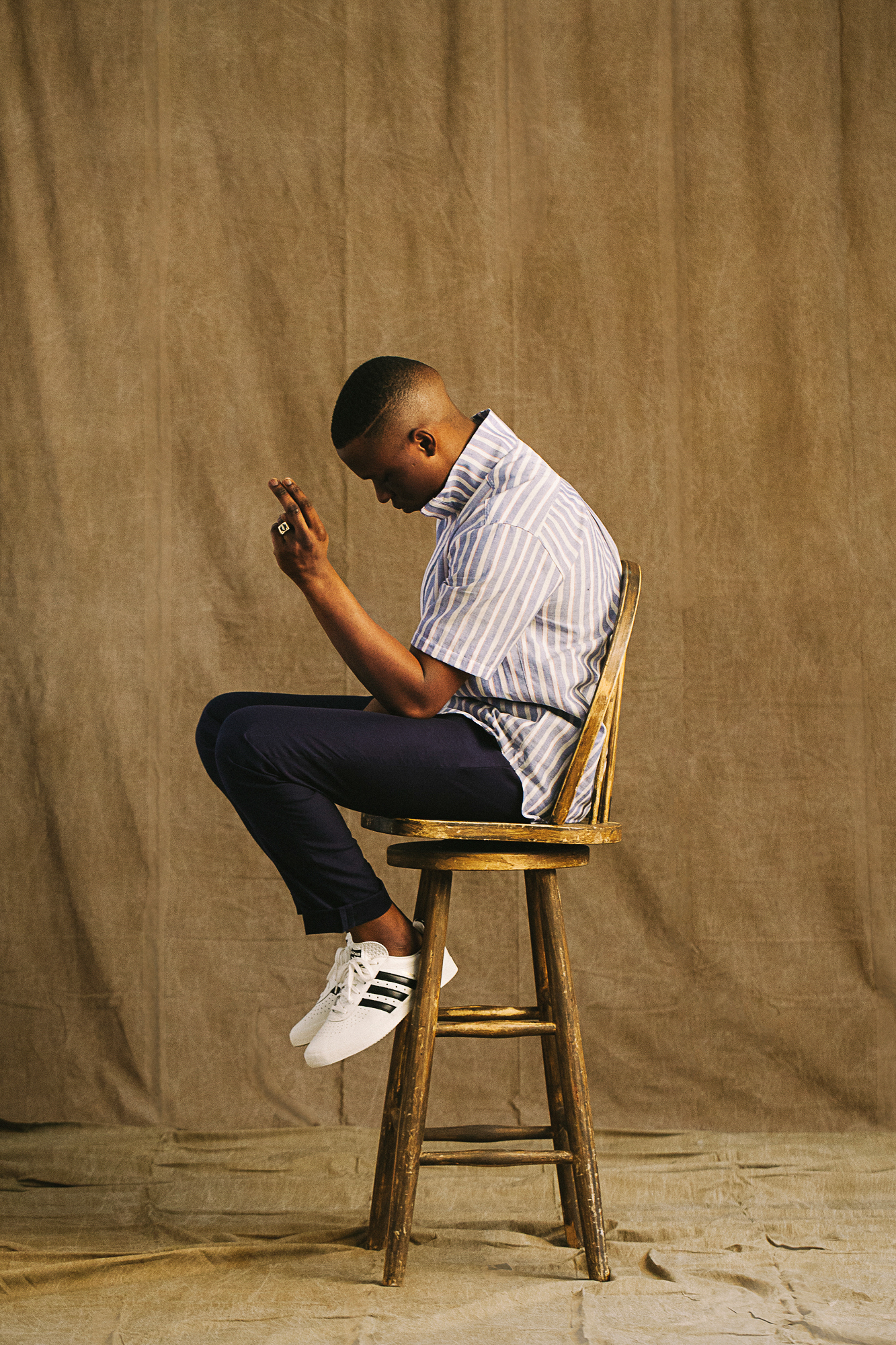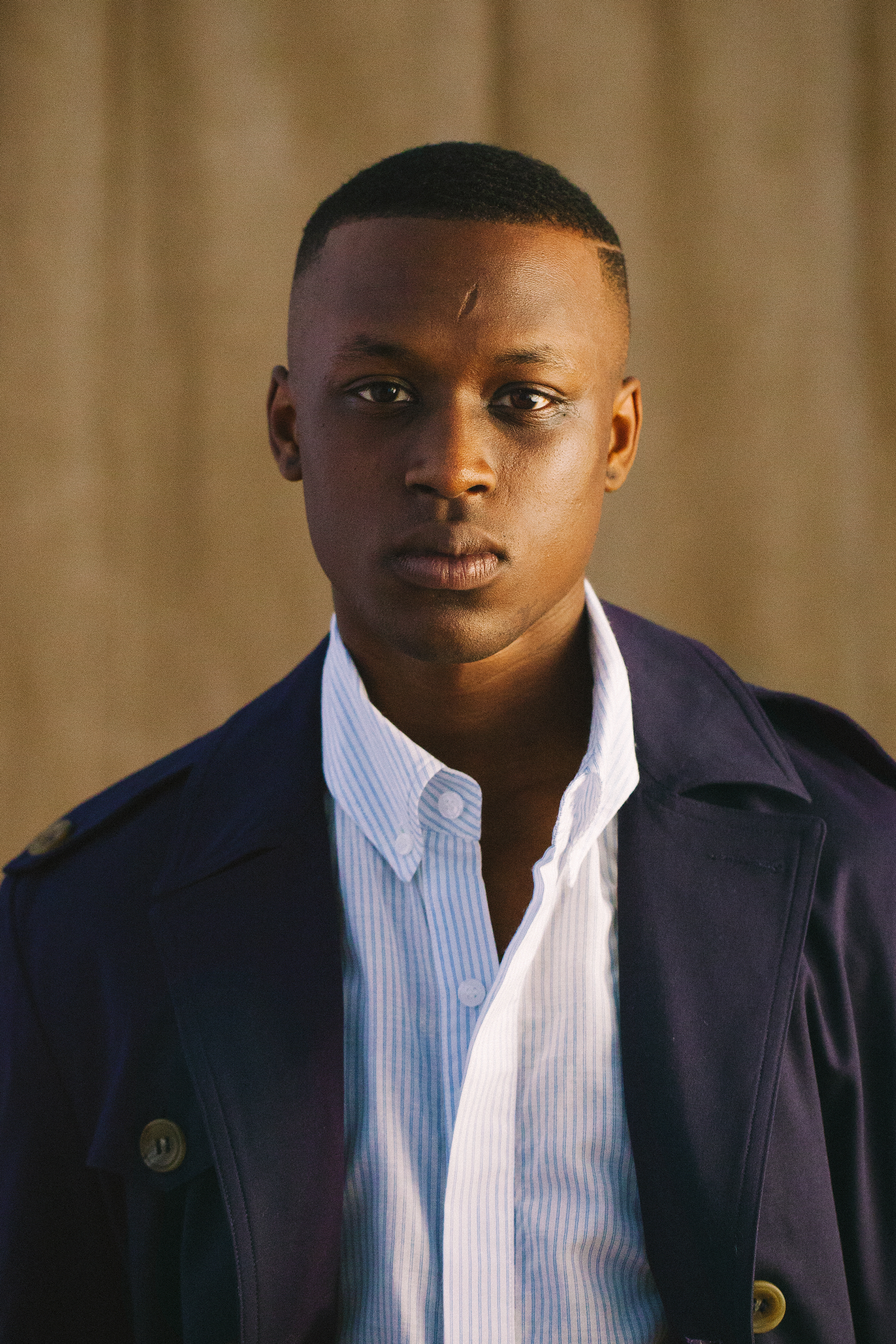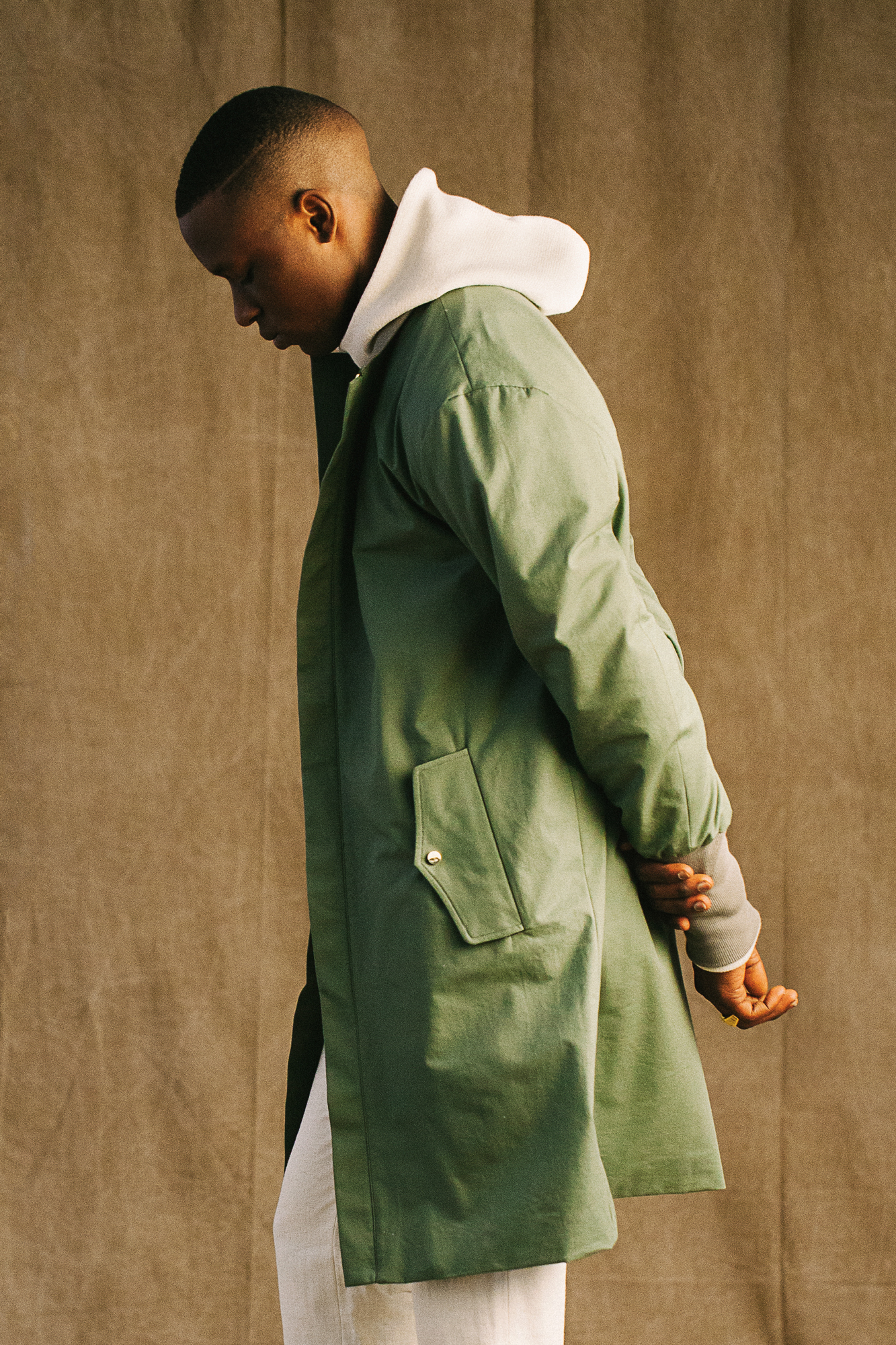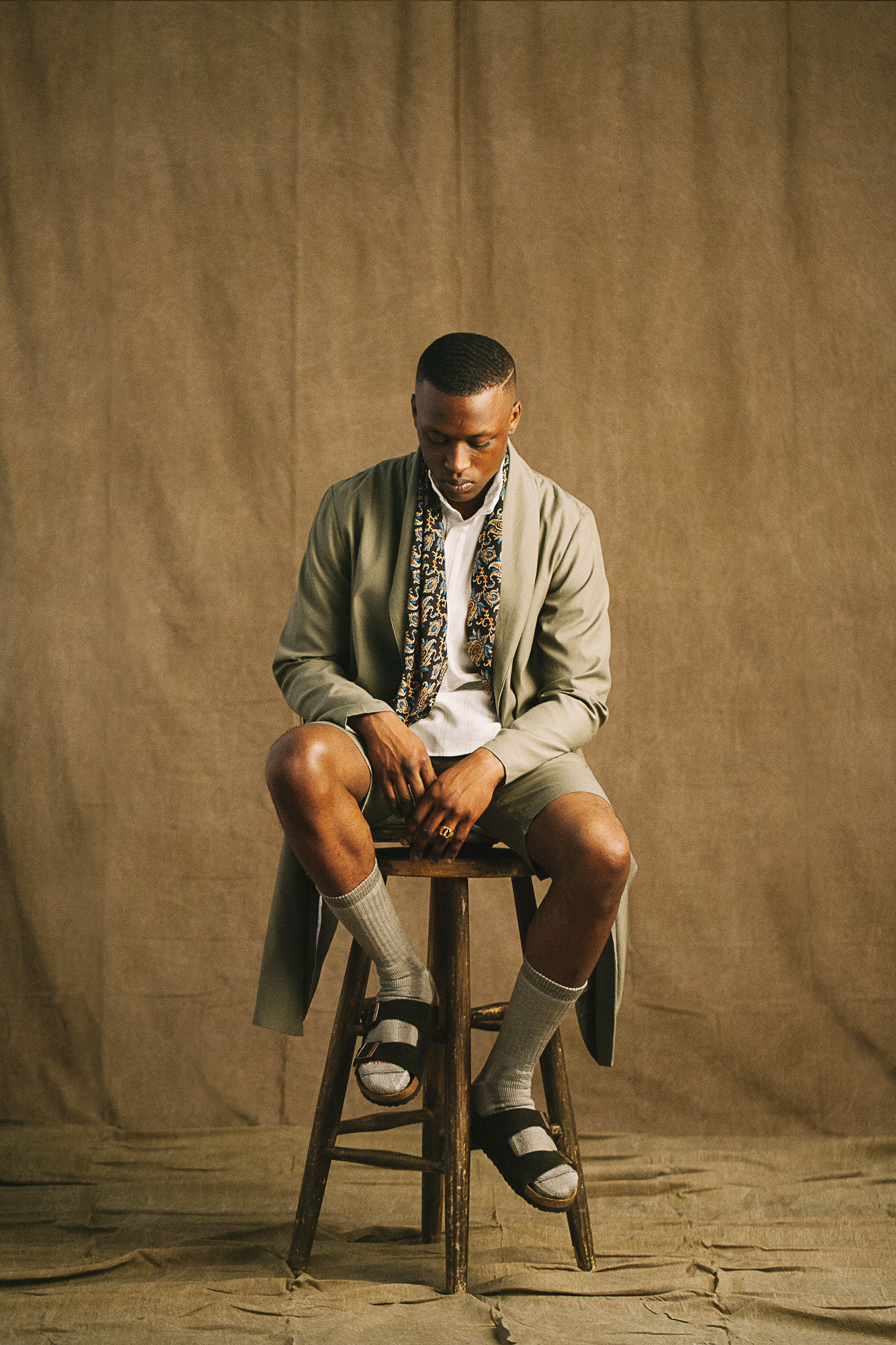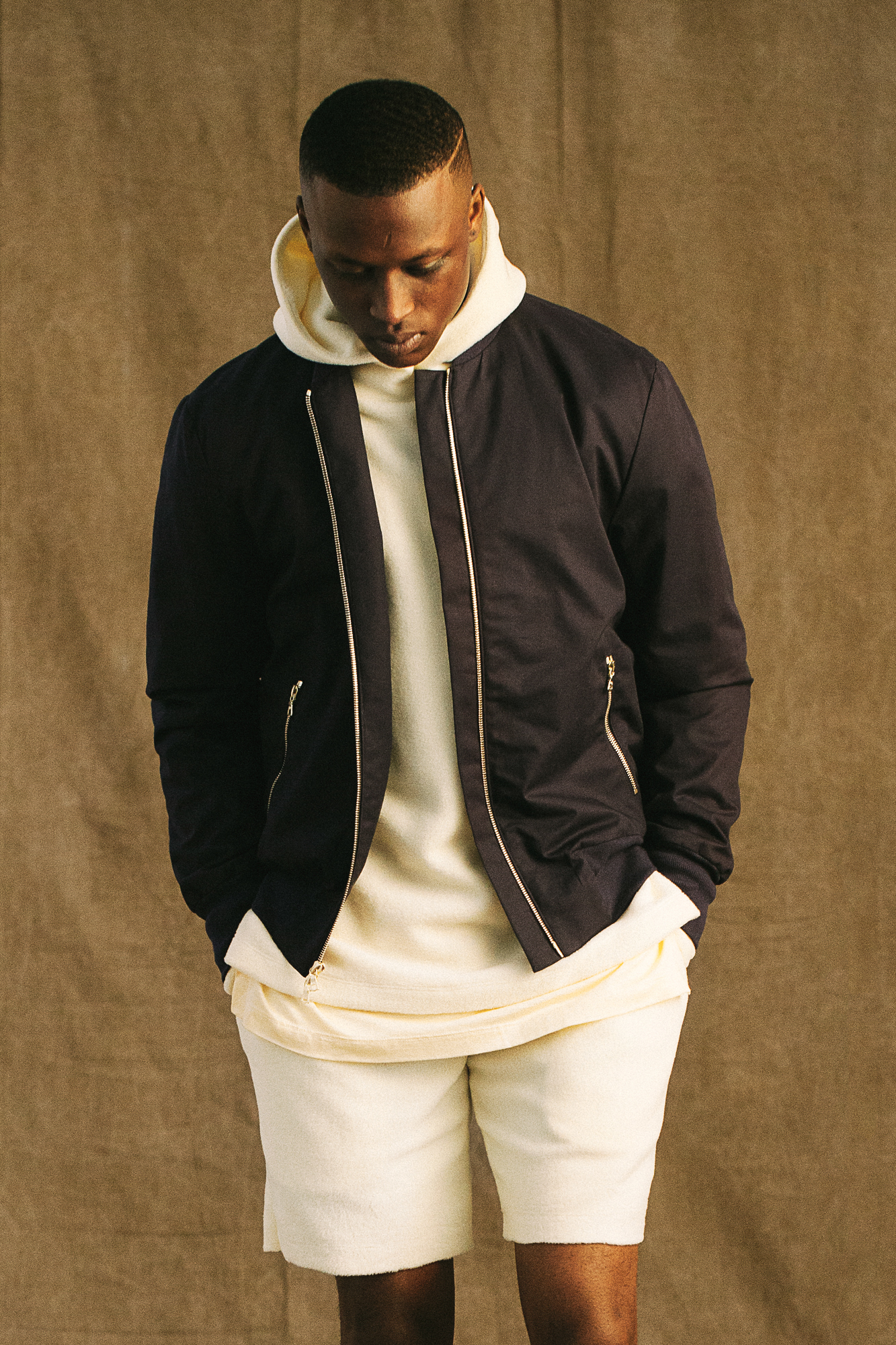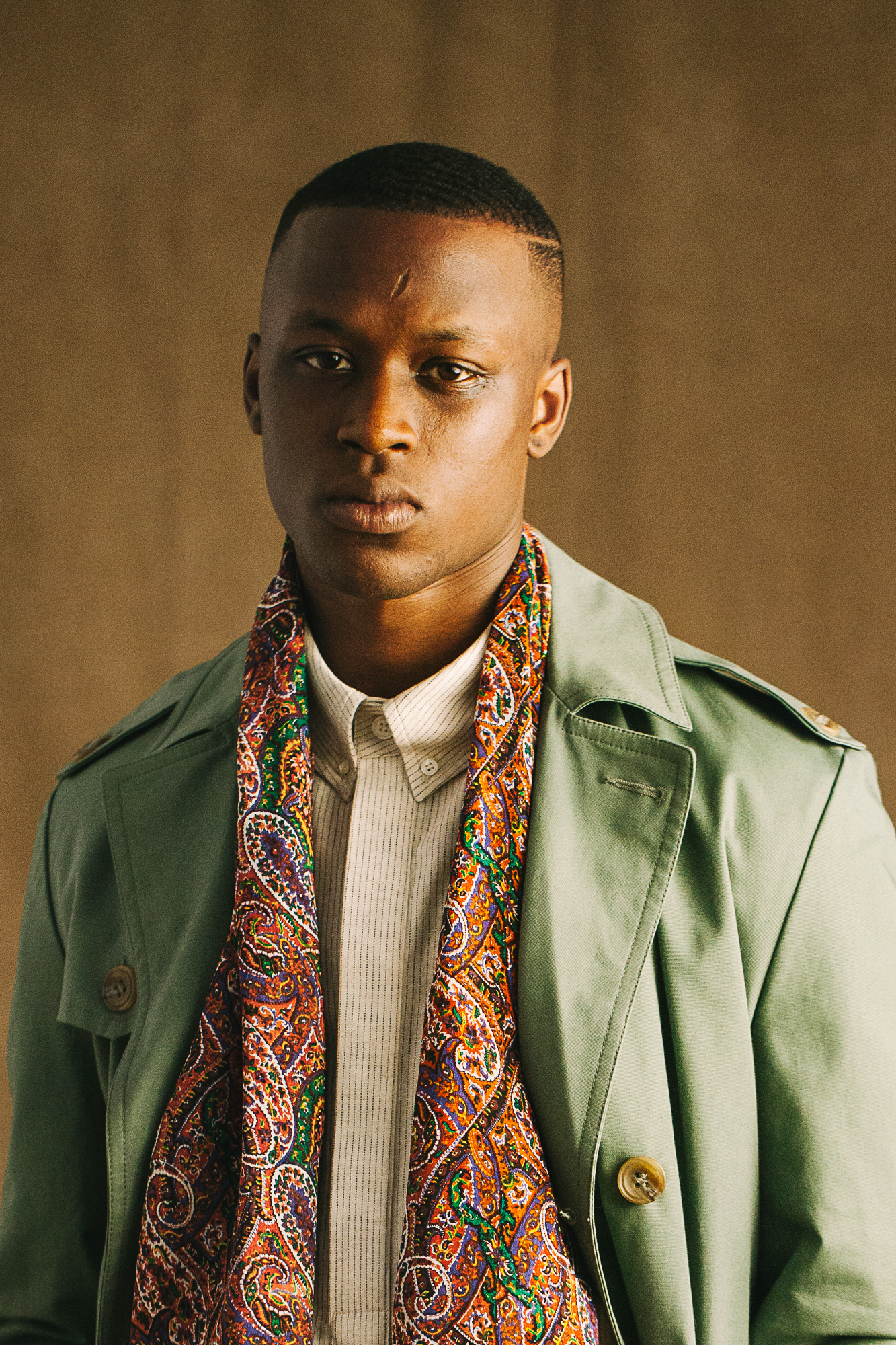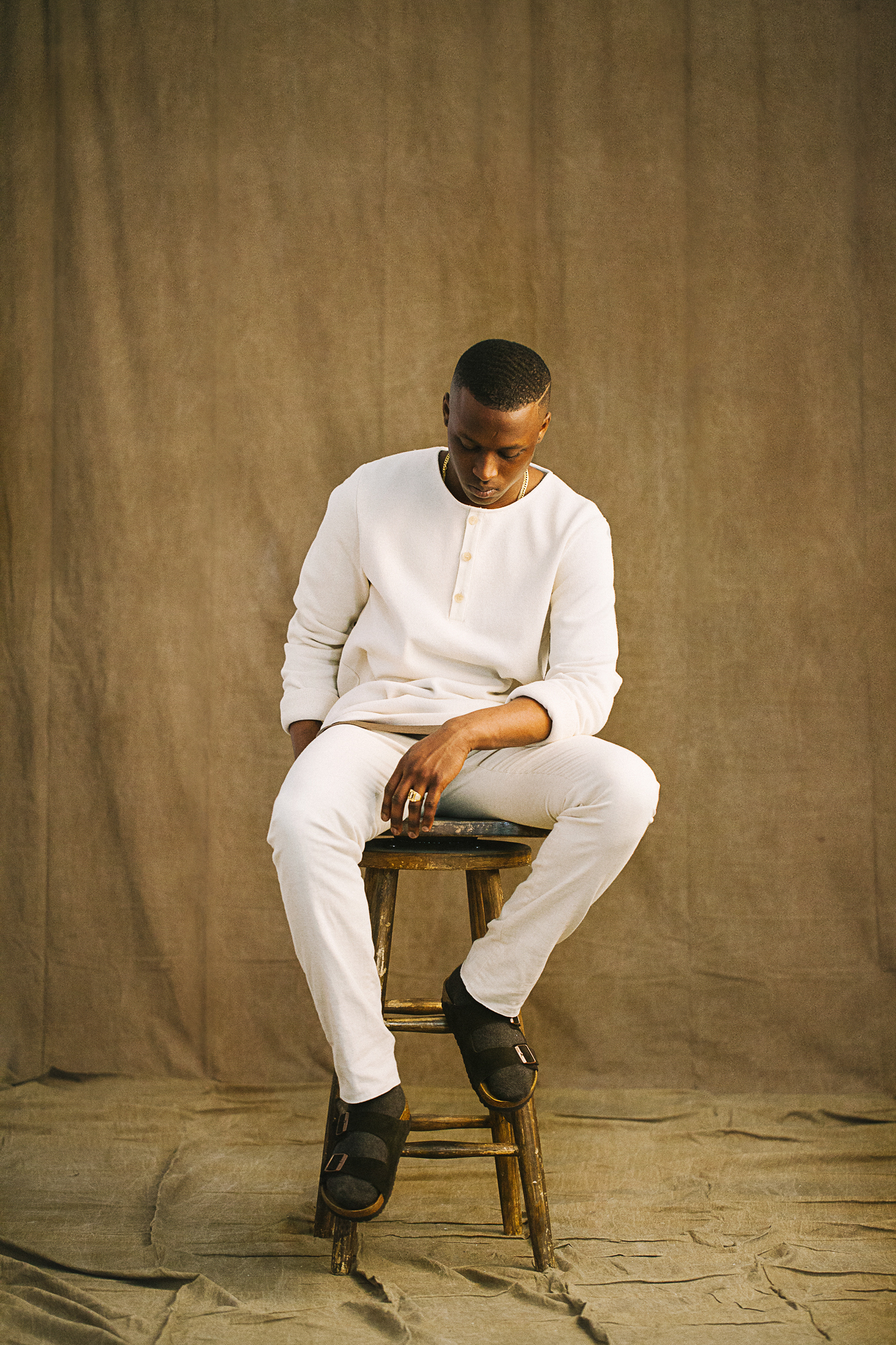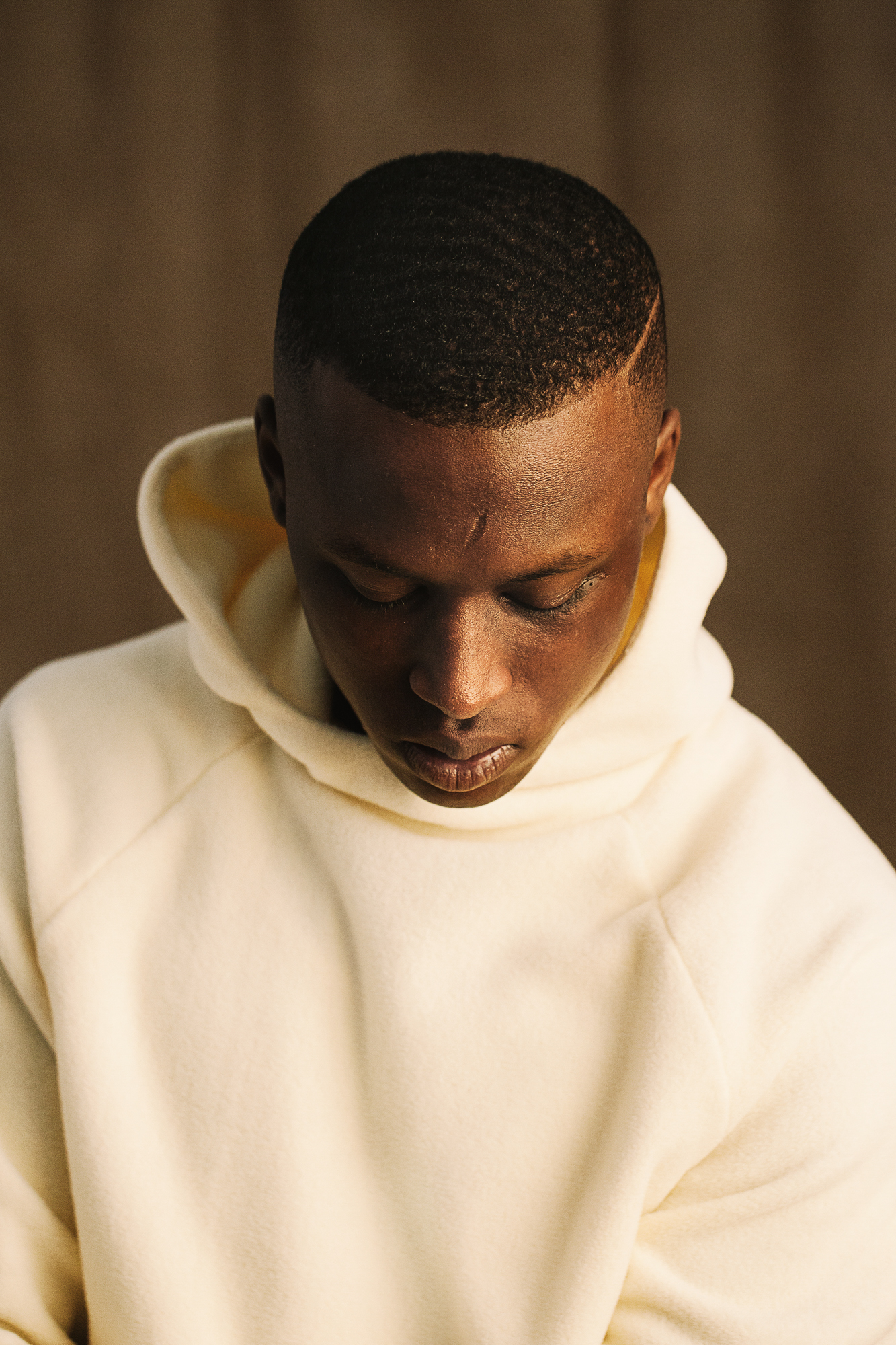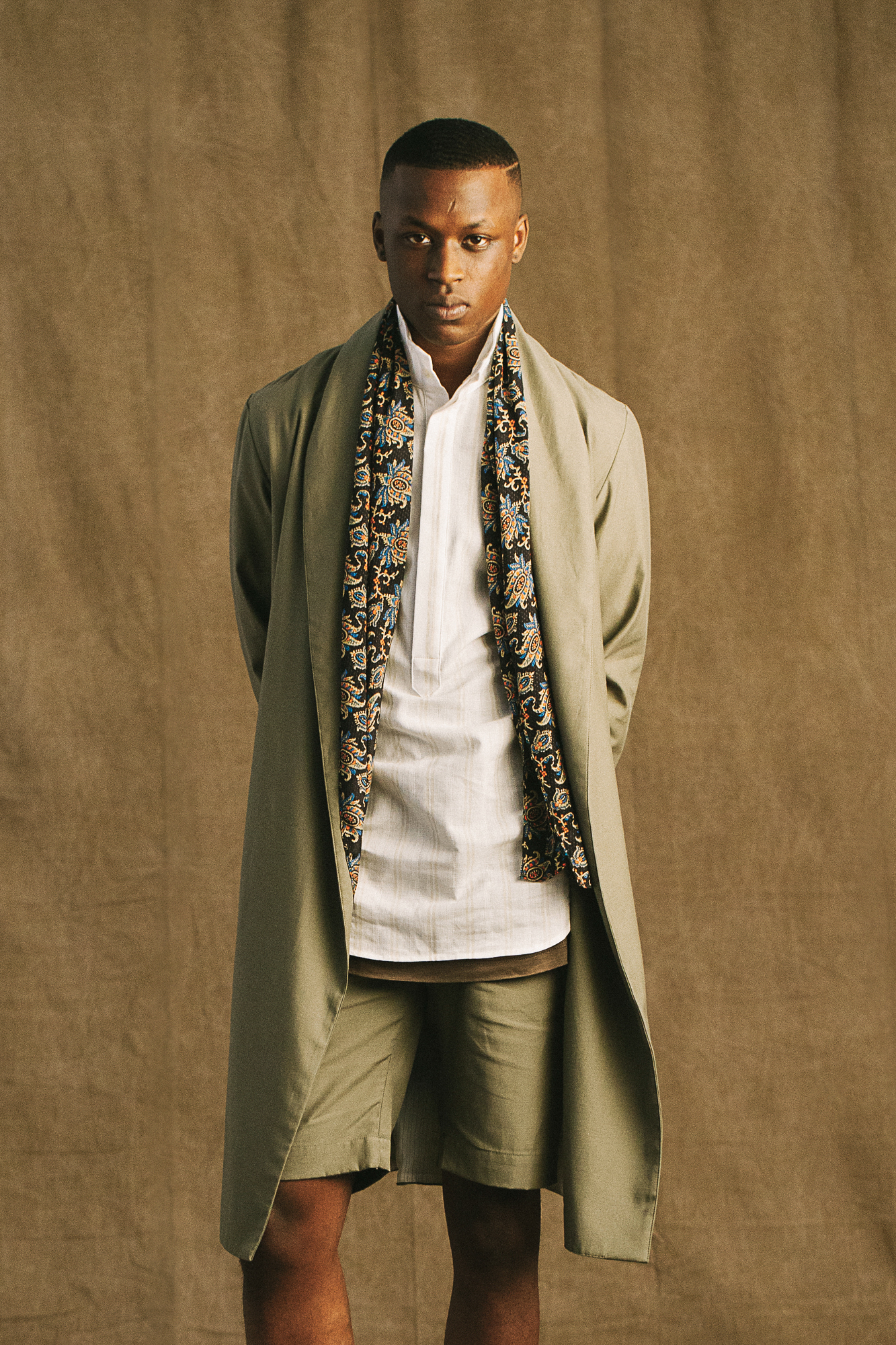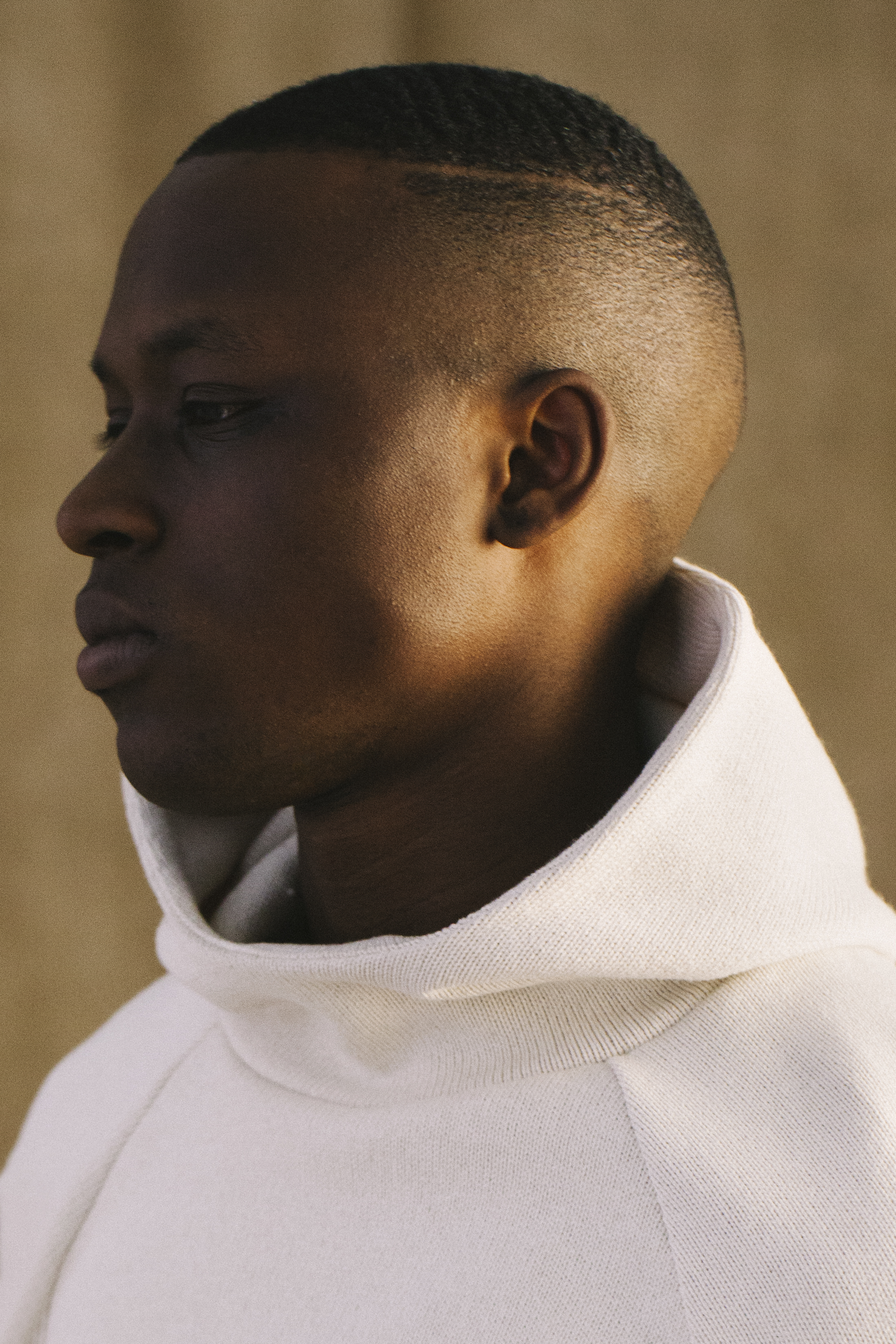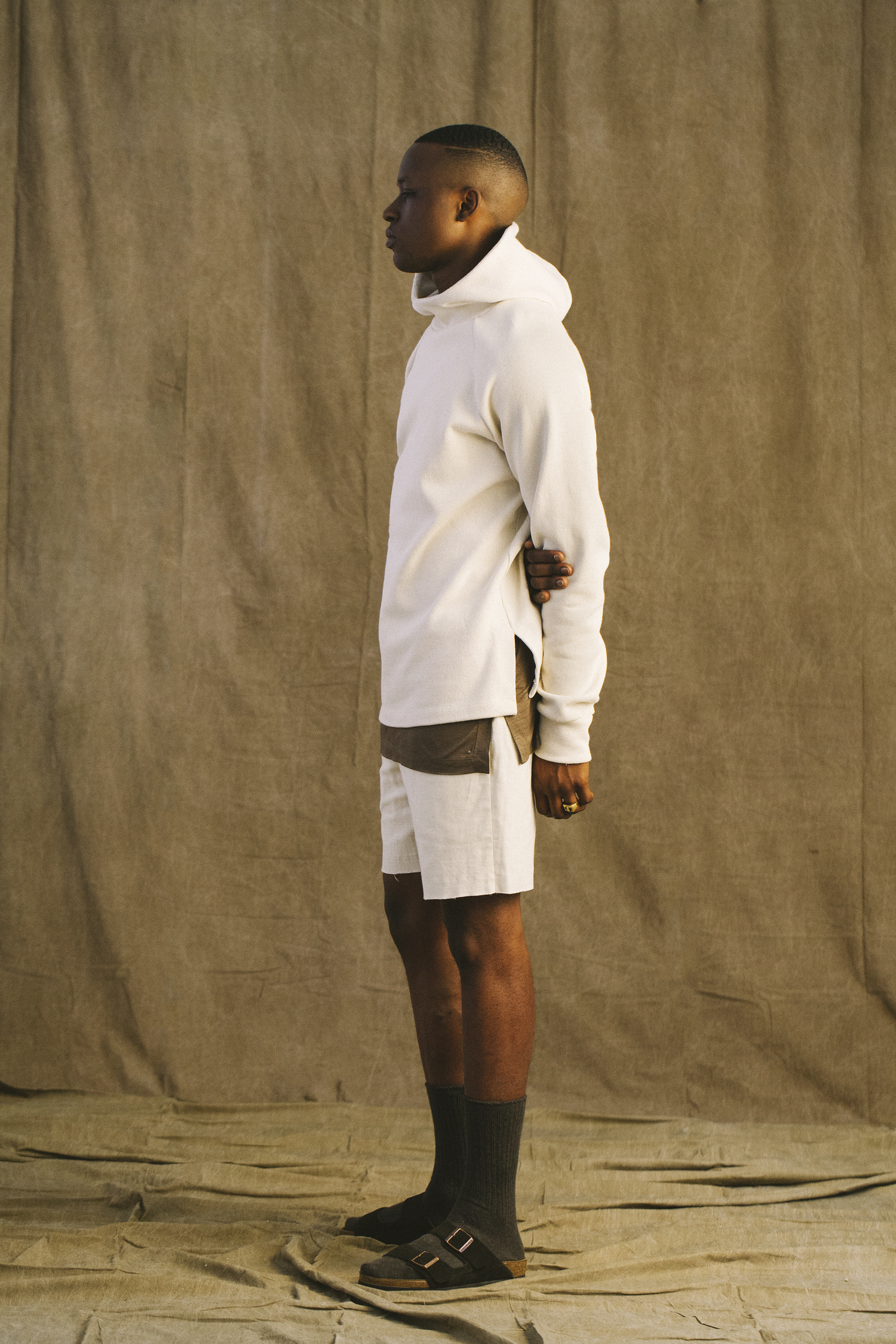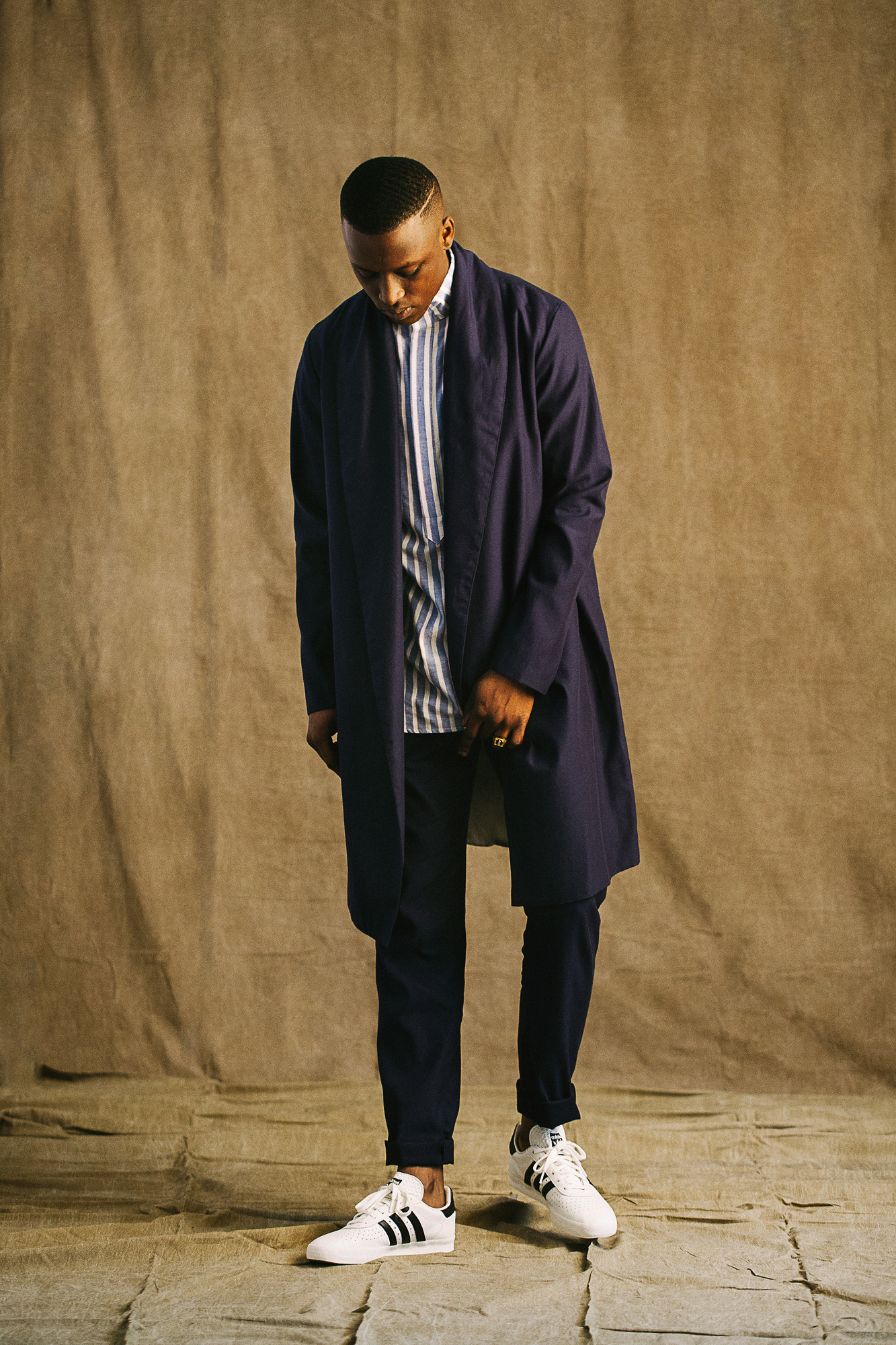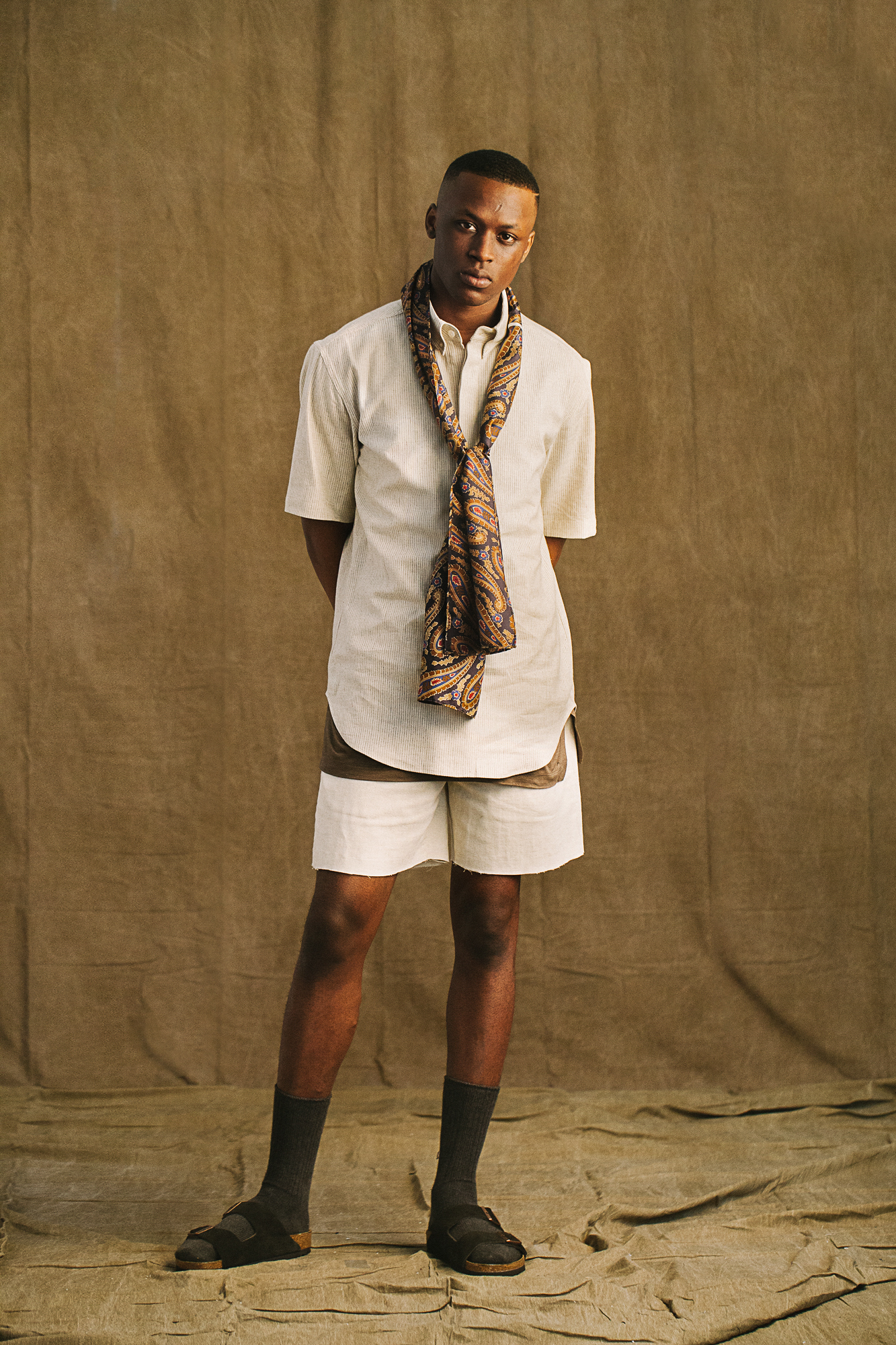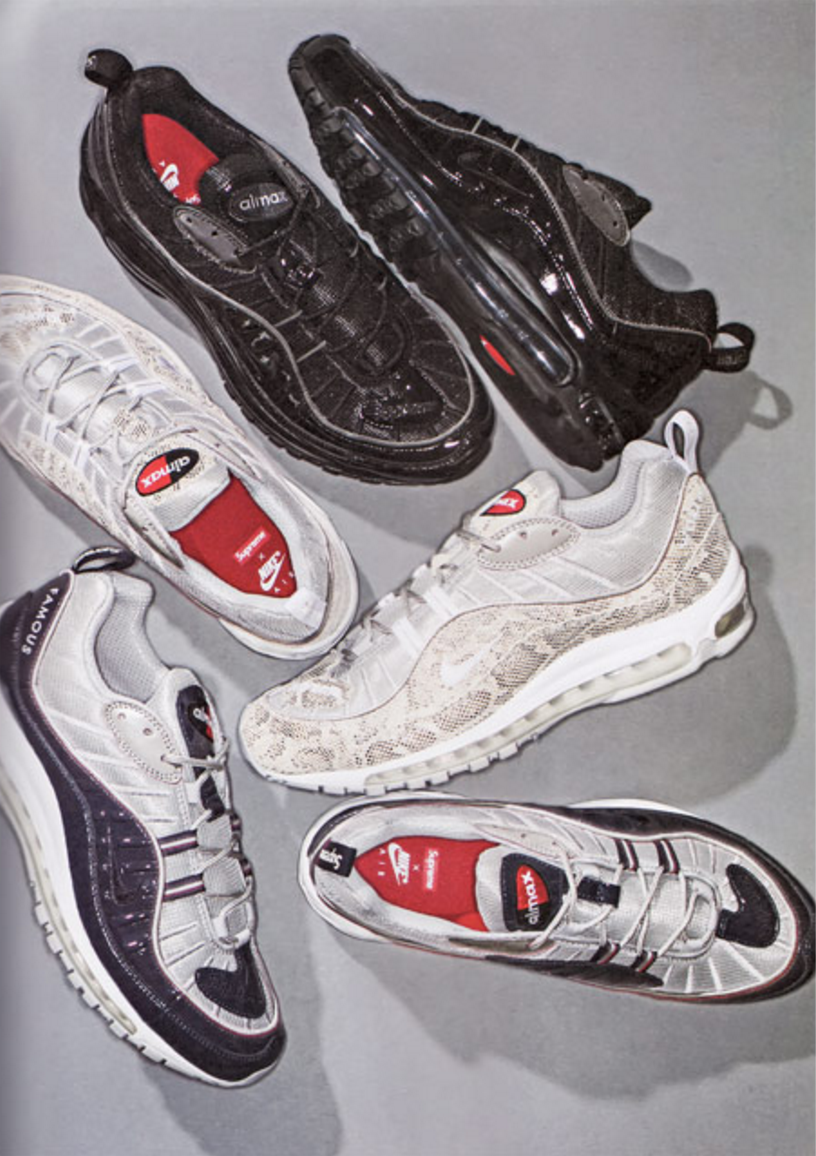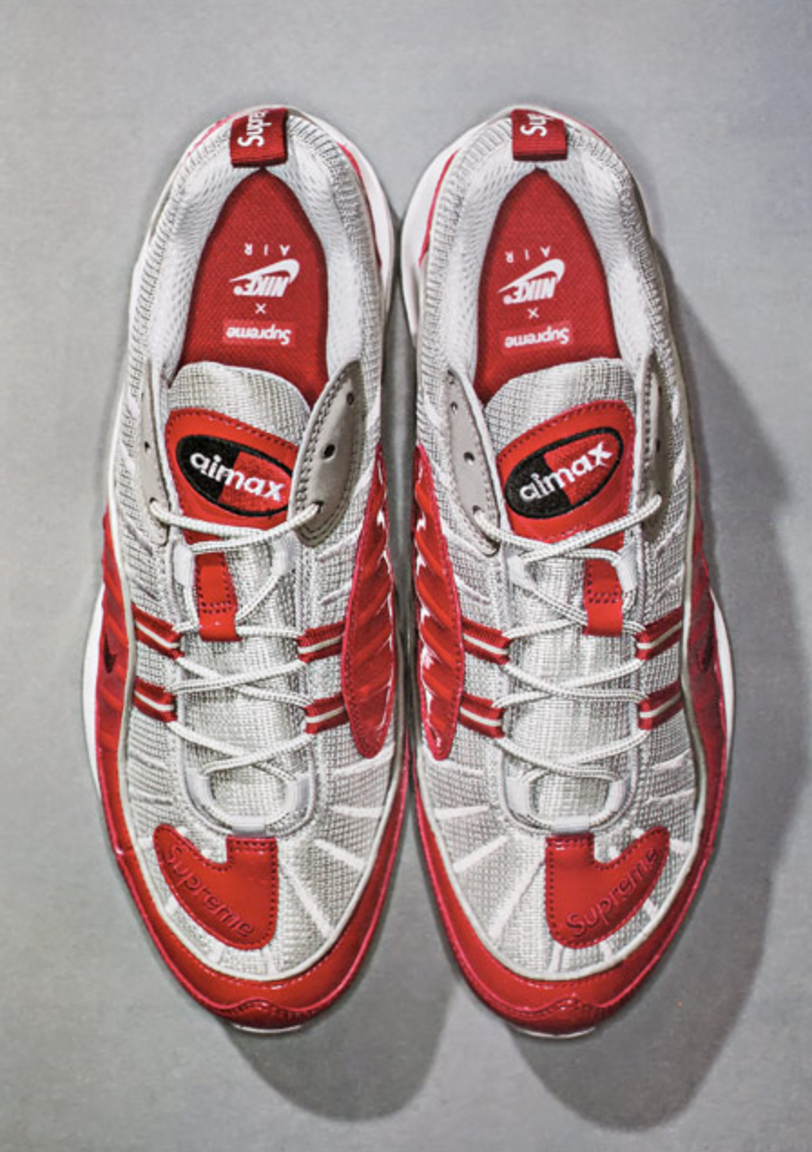
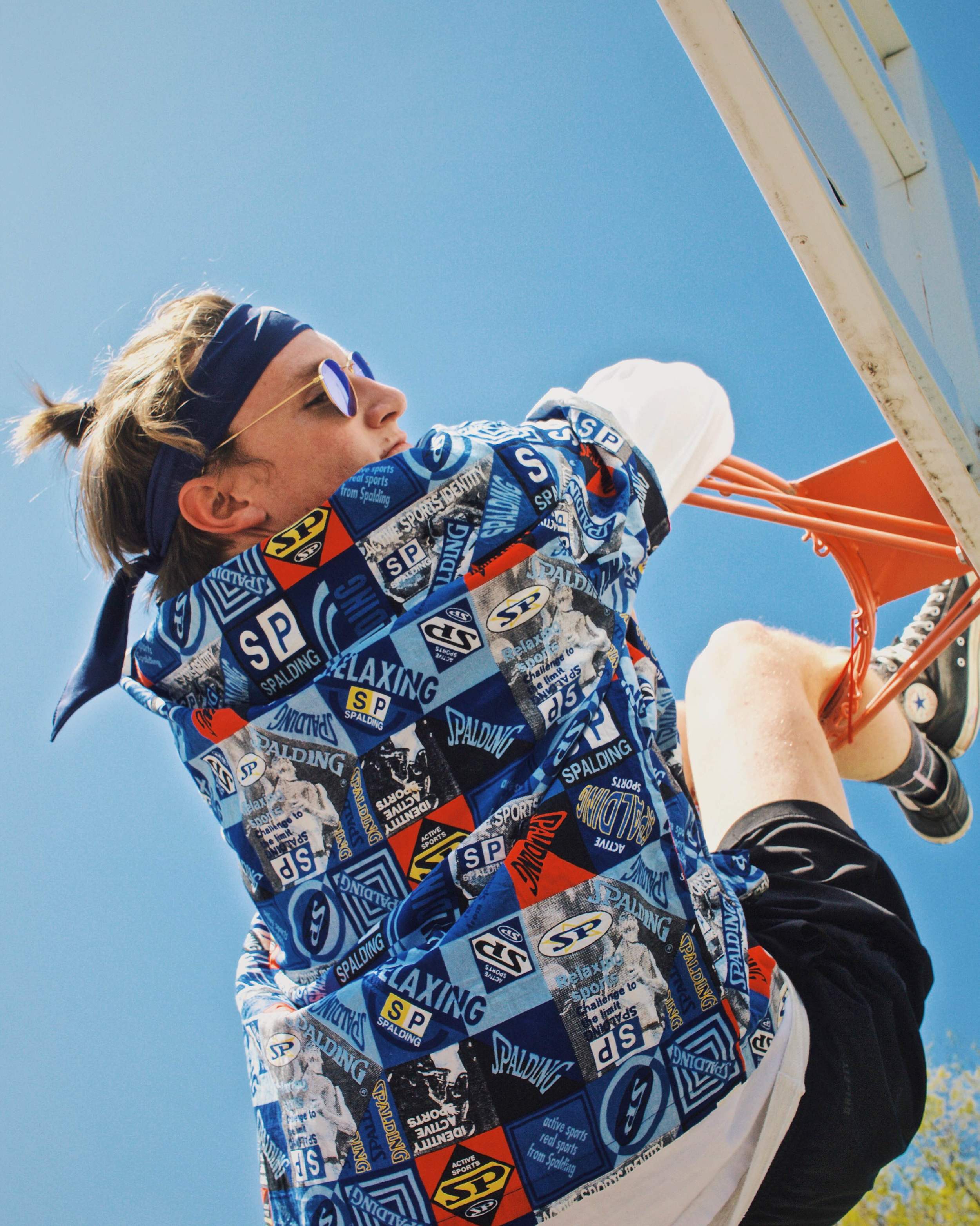
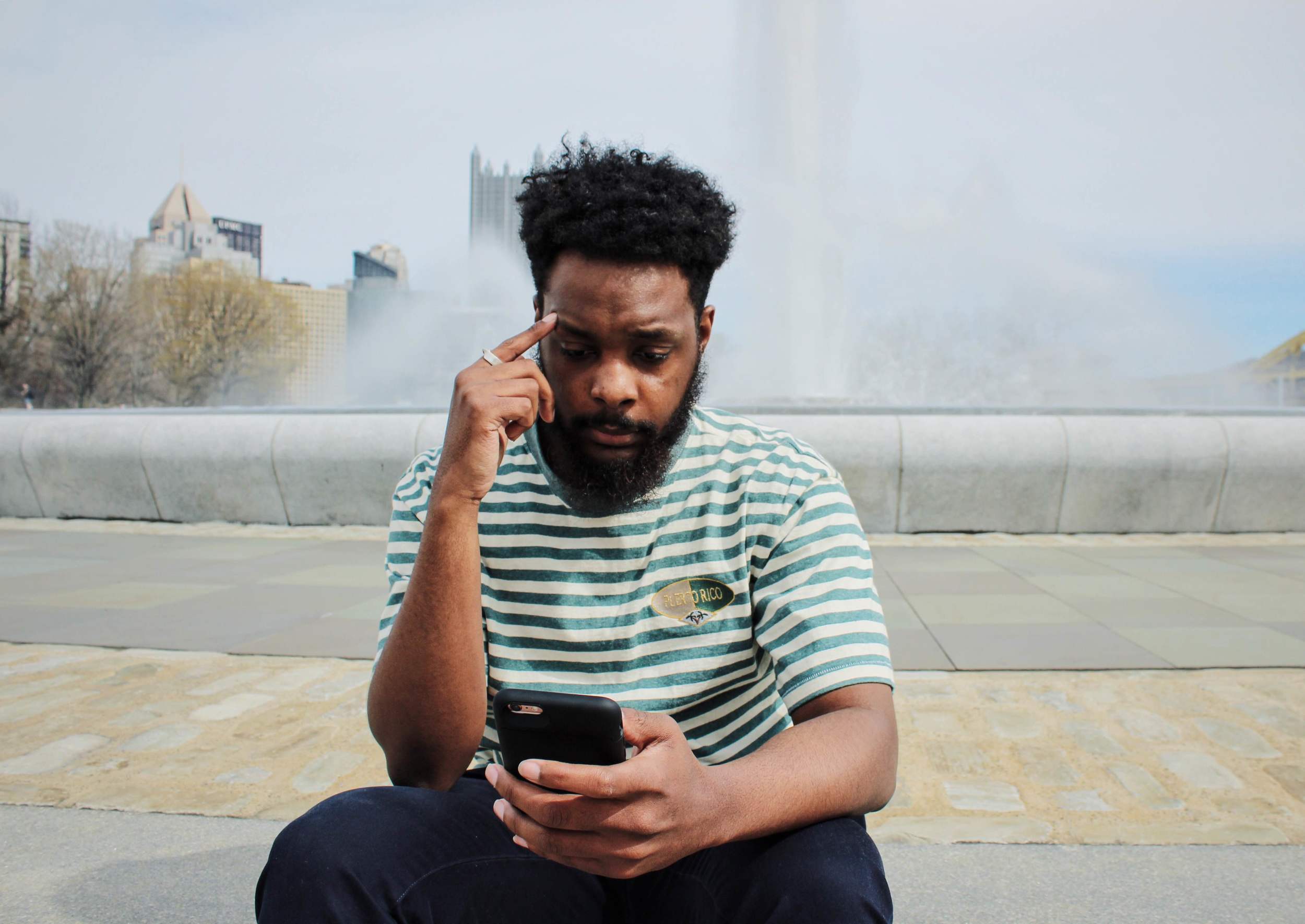
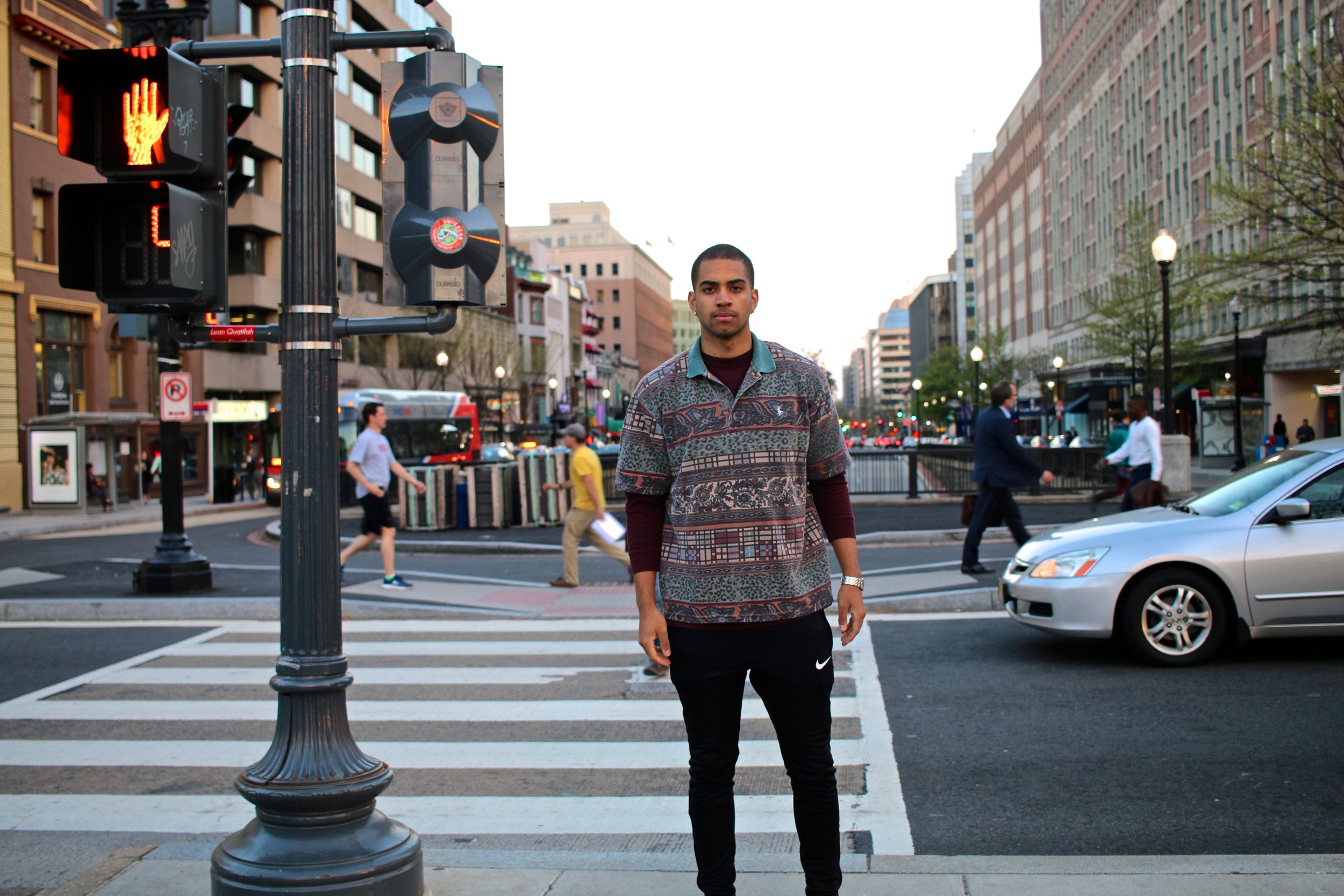

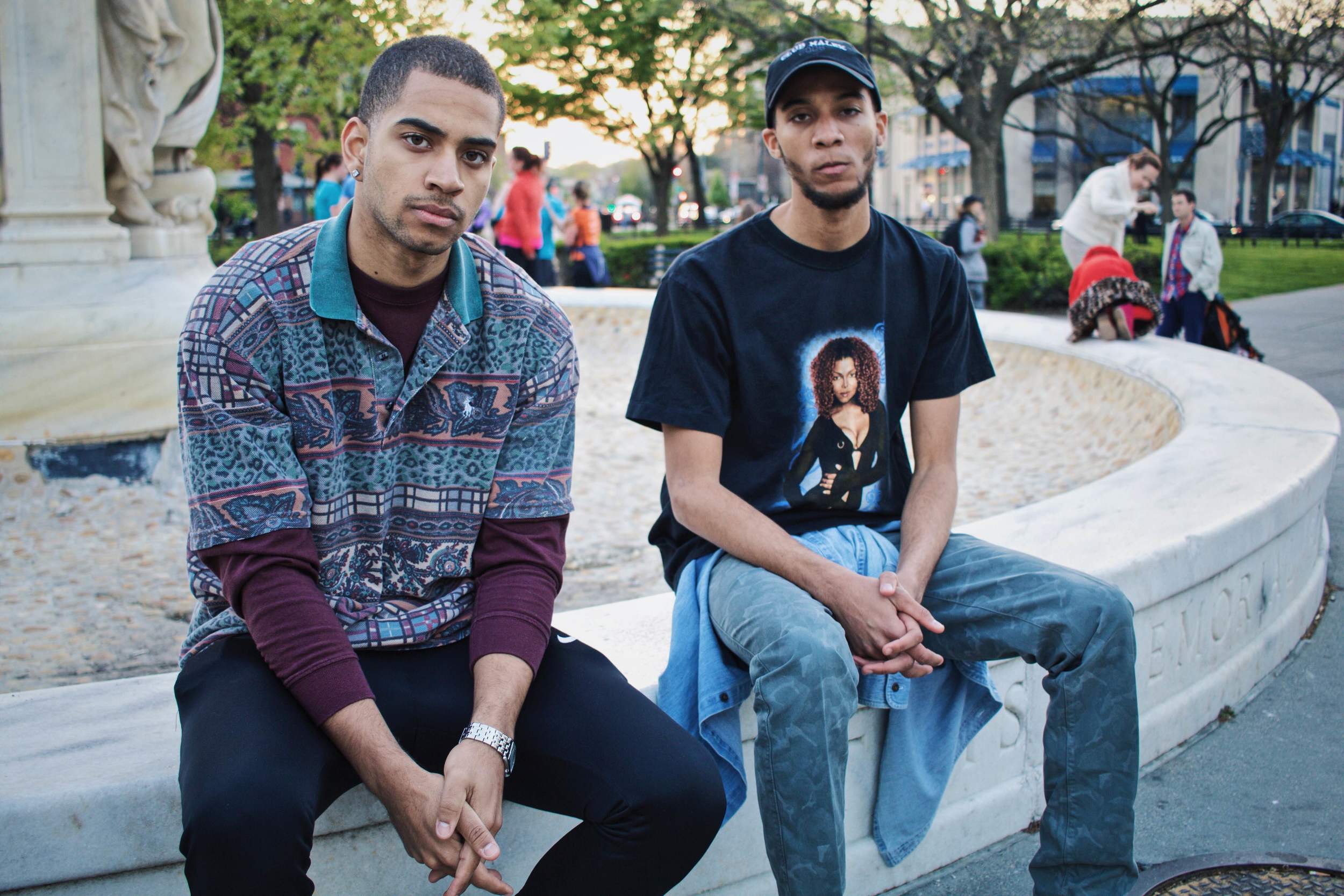
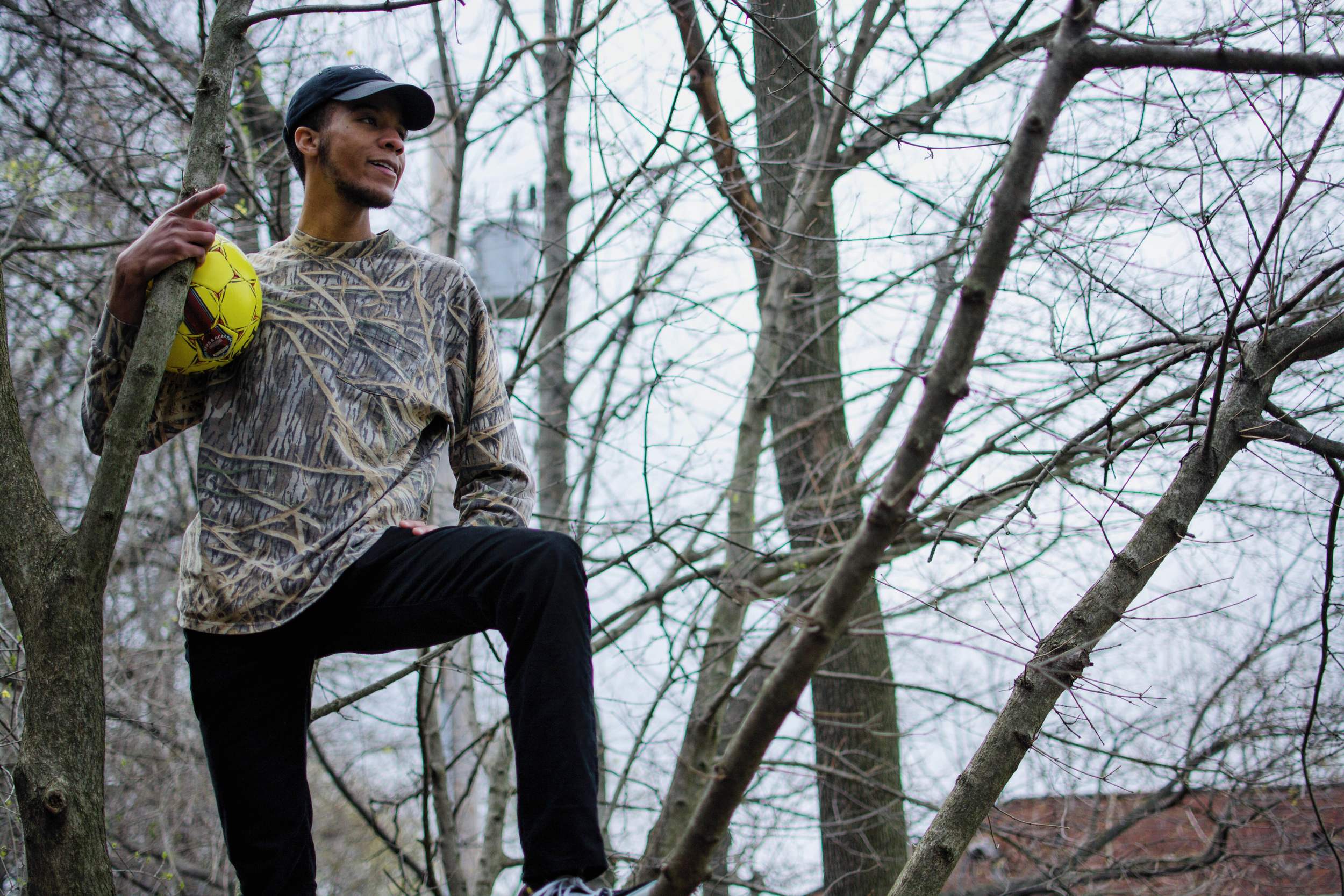
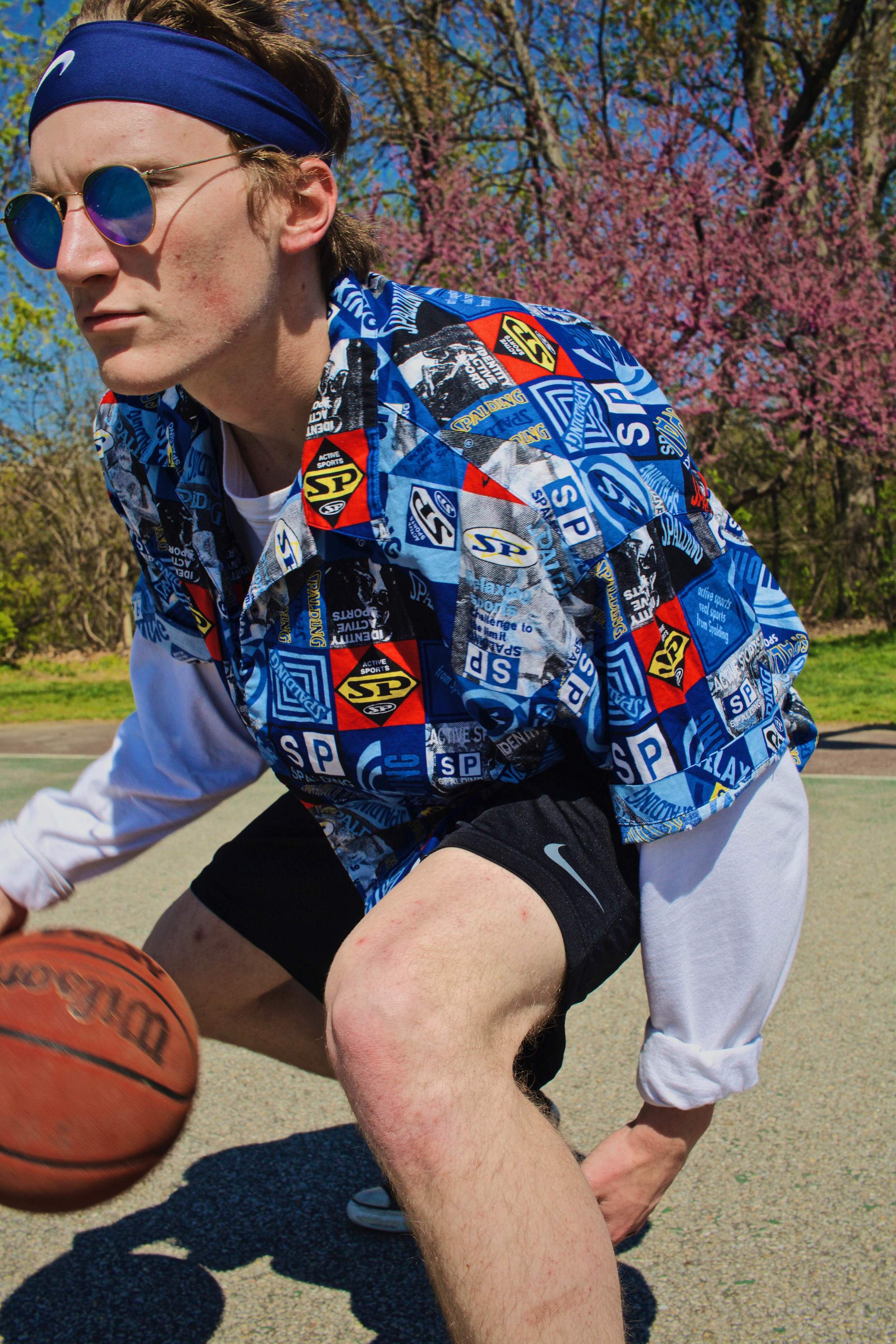
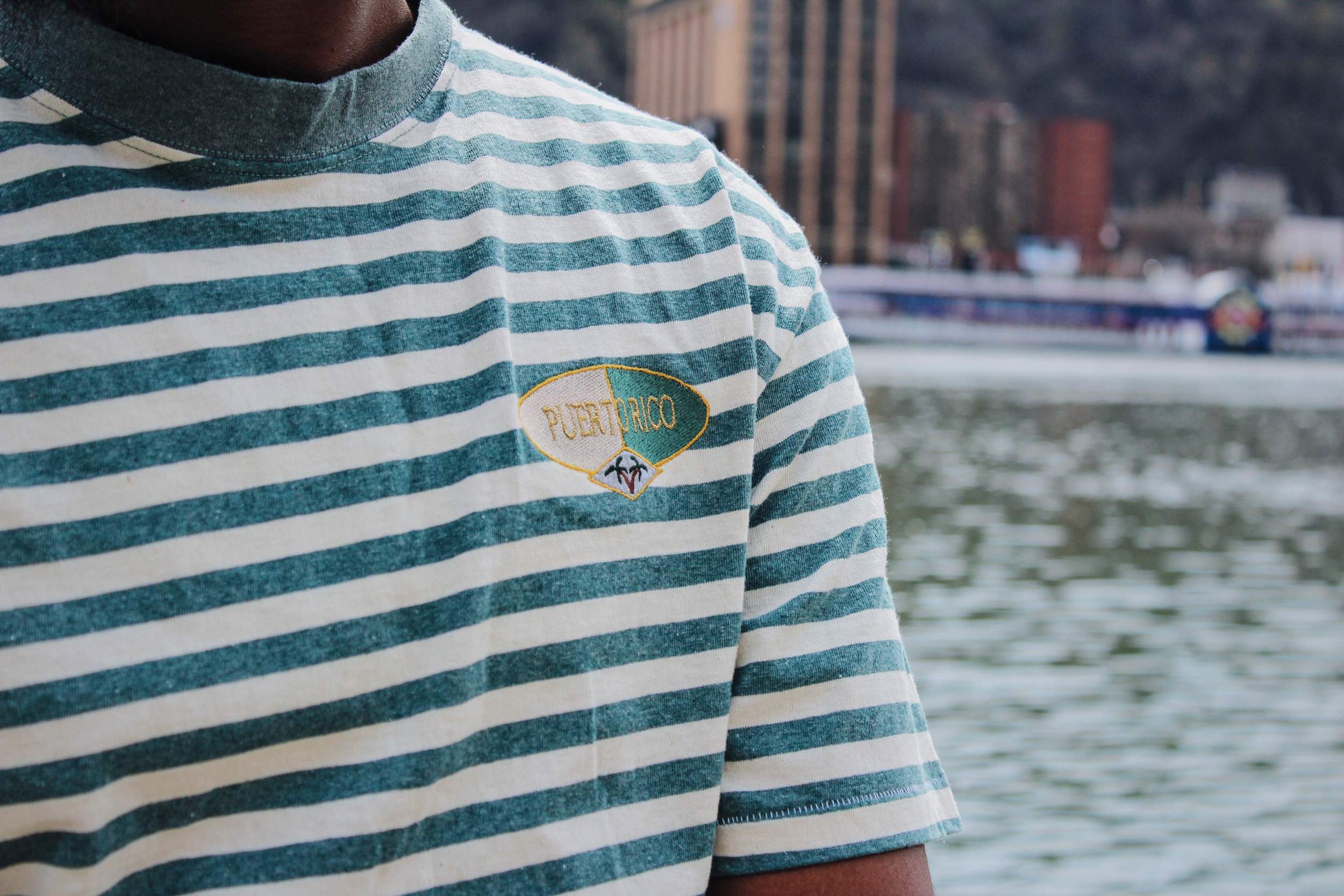
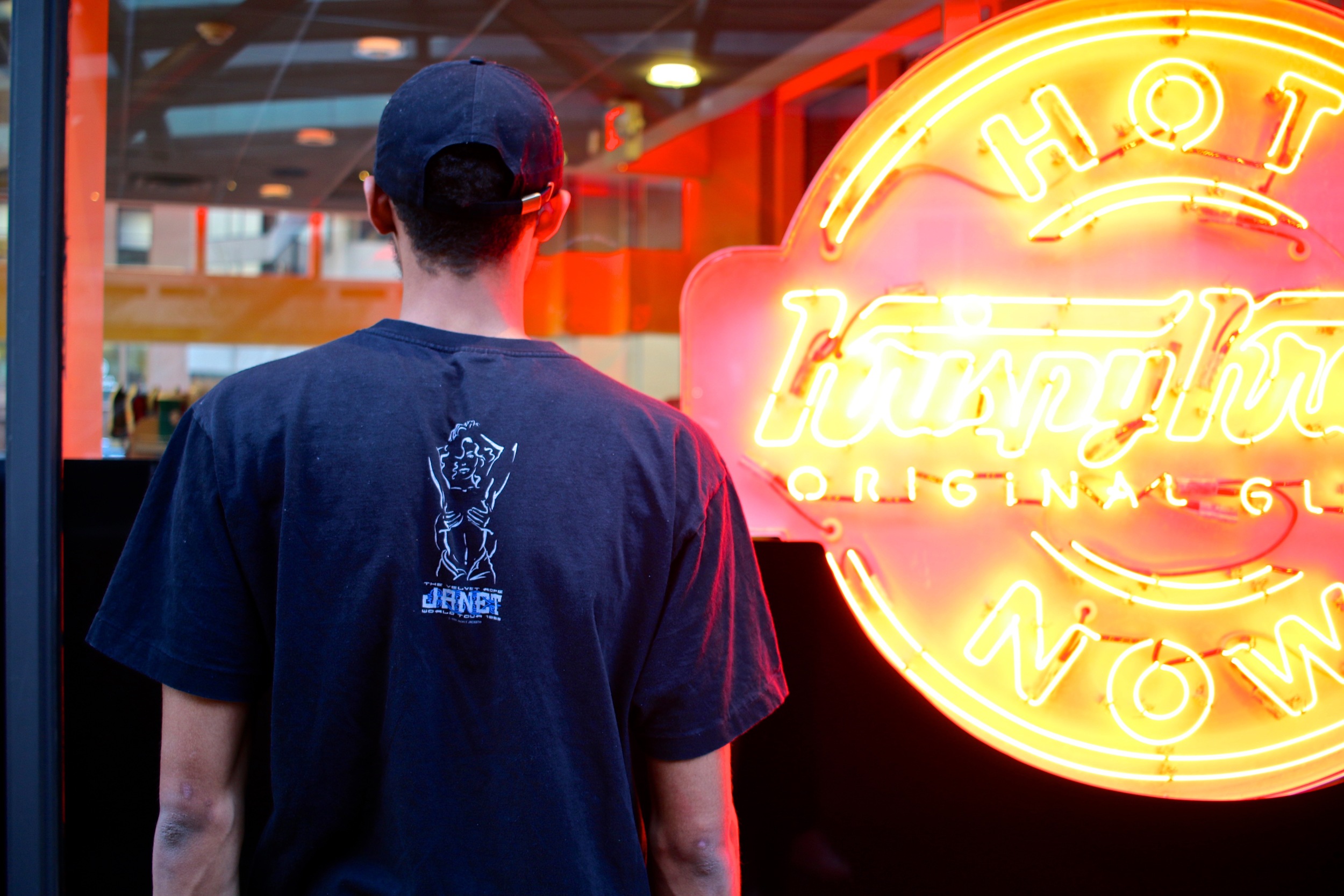
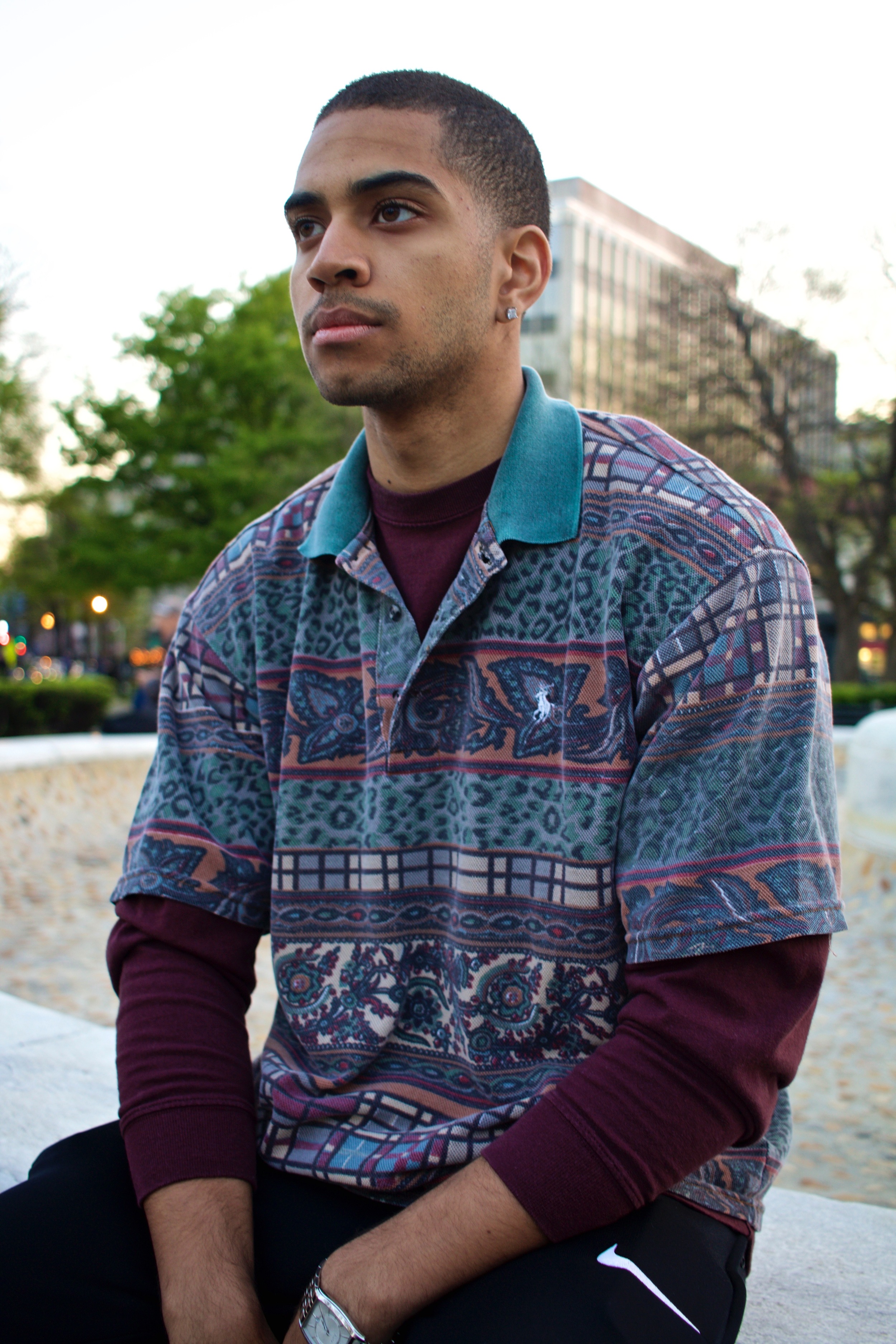
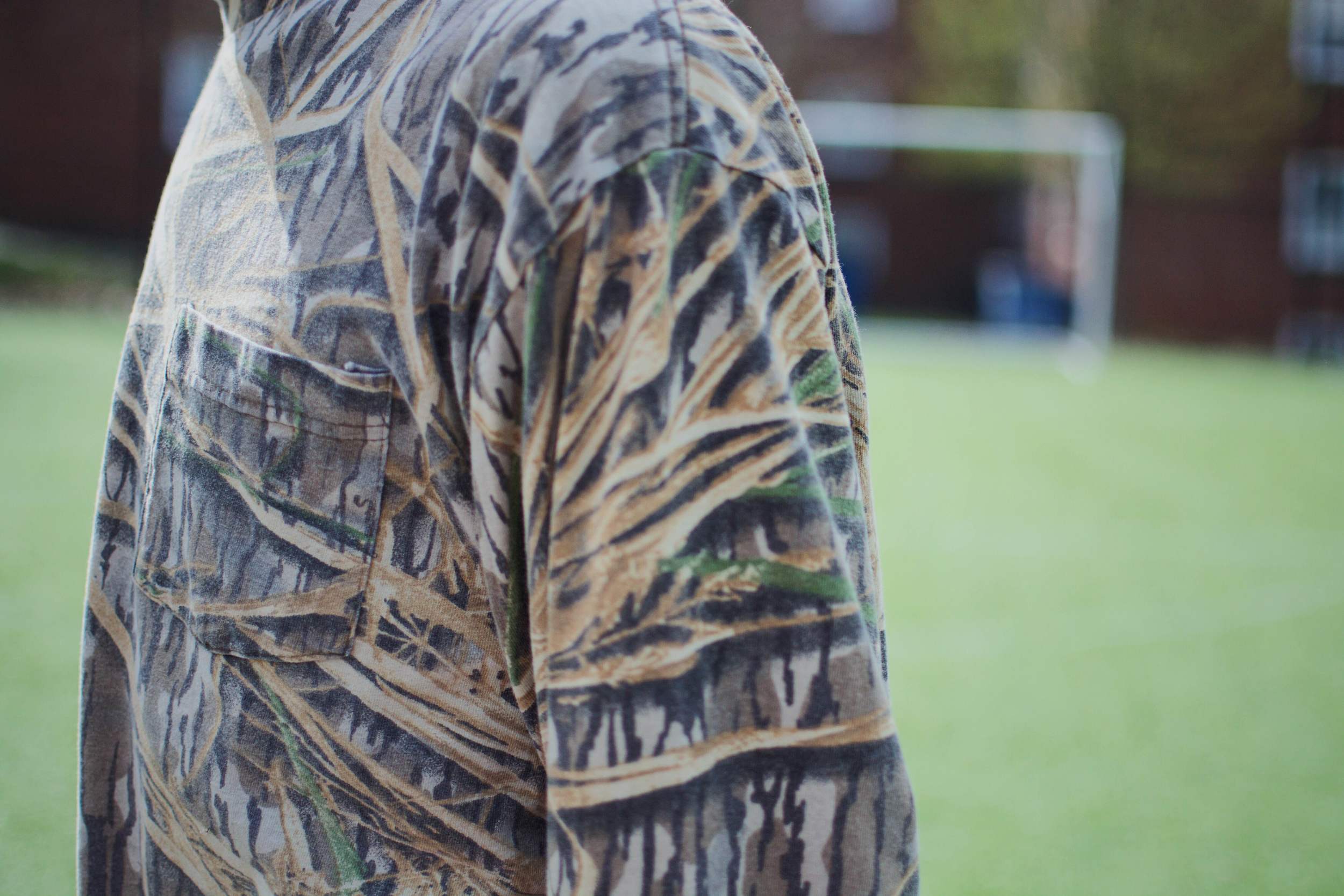
Clothes are at their best when you can see the character worn into every thread.
In collaboration with ThriftLorde$, InTheRough Style presents Thrift. Wear. Repeat, a look book intended to accentuate the distinct garments curated by Brown Dixon and Tobore Edeki of their burgeoning Instagram hustle. Thrifted clothing may be old and faded, but the time endured with its previous owners and their cultural significance adds vitality to every thread.
From the purple logo to the purple brick wallpaper to the purple packaging, ThriftLorde$ is a visual experience spent perusing long lost clothing items your mom labeled "DONATE" and threw into the Goodwill box. That was, of course, before Brown and Tobore rolled through to resurrect the Beatles 1964 American Tour t-shirt and Charles Woodson's Oakland Raiders Reebok jersey as timeless vintage wear.
There are websites to buy dead stock Supreme and Hood by Air T-shirts, as well as other over-hyped garments. ThriftLorde$ is not that place. While scrolling through their more than 8000 posts, it is not uncommon to see some fresh vintage Hilfiger gear or rare vintage Nike silhouettes. Brown and Tobore aren't about the hype. Their offering is a tailored closet that is representative of their own style and experiences. George Mason and VCU garb are staples in the Lorde$ rotation as they claim Virginia roots. Explore some of the additional content the duo publishes and the context of the style they project becomes clear. A video of a Nike basketball commercial of players dribbling and shuffling to create a freestyle beat prompts the nostalgia associated with the retro Ben Wallace Pistons jersey conveniently selling for $18 further down the feed.
Instagram is just the first touch point of the ThriftLorde$ brand. You'll also find a gofundme link in their bio providing users the opportunity to donate towards the Flint Water Crisis. Their website is another commercial intersection, but it is also home to the more personal side of Brown and Tobore, as their creative outlets--paintings, graphic design work and blogs--take over the foreground.
DM your email and receive an invoice plus $3 shipping. An online business doesn't need to have a laborious checkout process. Before Instagram, Brown and Tobore were using eBay to push their various pickups. Allen Iverson Georgetown jerseys were hot-sellers, but that didn't keep the auction-style platform from taking its 10%. After cutting out the middle-man, ThriftLorde$ boasts over 8000 potential customers.
Browse the selected images above in the look book, and ThriftLorde$ will accommodate you on their Instagram page here.
